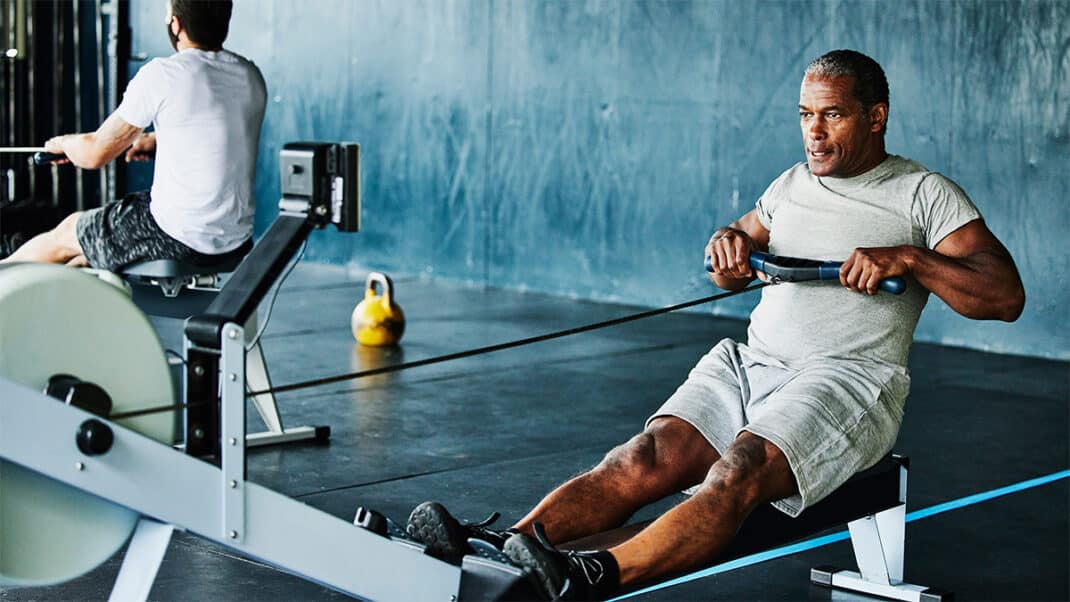Most Adults Misjudge Their Physical Activity Levels
Are your clients over- or underestimating their activity?

A recent cross-cultural study shows that most adults do not accurately estimate their physical activity levels and that Americans tend toward extremes when assessing their behavior. Researchers from the U.S., the U.K. and Holland collaborated on the study to compare self-reported levels of activity by adults aged 18 through older adulthood against actual data harvested from activity trackers.
When self-reporting their behavior, Americans tended to rate themselves as “very active” or “inactive,” while Dutch and English adults were more likely to rate themselves as “moderate.” In reality, however, up to age 50, the Dutch and English were much more active overall than Americans.
Across cultures, after age 50, people tended to be much less active, but they generally continued to perceive themselves as active. Study authors noted that self-reported data is inaccurate and future research studies should be based on accelerometry data. The study appeared in the Journal of Epidemiology and Community Health (2018; doi:10.1136/jech-2017-209703).
Fred Hoffman, MEd, 2007 IDEA Fitness Instructor of the Year and owner of Fitness Resources Consulting, Paris, says the study confirms not only his personal experience but also experiences he has learned of while consulting worldwide. He offers the following suggestions for trainers:
- Encourage clients to use activity trackers to heighten awareness and accountability.
- Explain that data from activity trackers is used to improve training, not to critique or punish clients.
- Individualize client activities to ensure that people enjoy what they do.
- Find meaningful ways to genuinely motivate people to move more.
Hoffman emphasized that even tracker data may be inaccurate. Clients may not want to disappoint trainers and will sometimes exaggerate activity levels by “cheating,” even when using a tracker. Examples include standing in place and shaking an arm so the tracker recognizes movement; attaching the device to a dog and then playing “fetch;” and putting the device in the pocket of a piece of clothing and letting it spin in the clothes dryer.
Shirley Eichenberger-Archer, JD, MA
Shirley Archer, JD, MA, is an internationally acknowledged integrative health and mindfulness specialist, best-selling author of 16 fitness and wellness books translated into multiple languages and sold worldwide, award-winning health journalist, contributing editor to Fitness Journal, media spokesperson, and IDEA's 2008 Fitness Instructor of the Year. She's a 25-year industry veteran and former health and fitness educator at the Stanford Prevention Research Center, who has served on multiple industry committees and co-authored trade books and manuals for ACE, ACSM and YMCA of the USA. She has appeared on TV worldwide and was a featured trainer on America's Next Top Model.






